Glacier retreat offers opportunities for additional storage hydropower
With the current developments in energy policy and climate change, there is an urgent need to increase both electricity production and storage capacities from renewables in Switzerland. The ongoing glacier retreat offers opportunities for new storage lakes and corresponding new hydropower schemes in the Alps (Figure 1). The hydropower potential of such new reservoirs in locations which are expected to become ice-free has been systematically examined in a recent research project in the scope of the National Research Programme 70 of the Swiss National Science Foundation.
Estimates of future runoff for 1576 glaciers in Switzerland using 14 global circulation models and three climate change scenarios served as a basis of the study. The results of all circulation models were averaged and runoff projections for the inter-mediate, “realistic” climate scenario were used. Sites with annual runoff volumes larger than 10 million cubic meters were analysed further. 62 sites remained and were consistently rated considering 16 economic, environmental and societal criteria. The seven best-rated new storage schemes (Figure 2) with their additional 1.1 TWh/yr would contribute to meet the goal of at least 37.4 TWh/yr of annual hydropower production in 2035 imposed by the Swiss Energy Act. More importantly, these schemes would increase today’s storage energy equivalent by some 1.3 TWh or 15 Percent and hence contribute to increase the domestic electricity production in winter and the flexibility of production, which is also important for the integration of other renewables into the electricity supply system. It must be borne in mind, however, that the implementation of more demanding environmental flow regulations according to the Swiss Water Protection Act is expected to decrease the hydropower production by roughly 1 and 3 TWh/yr by 2035 and 2050, respectively, depending on the scenario. The seven best-rated potential reservoirs apart from that at Trift Glacier are located within BLN areas (Federal Inventory of Landscapes and Natural Monuments of National Importance). Therefore, it is important to find compromises in the development of these hydropower schemes considering the protection aims of the individual sites. New reservoirs may also contribute to mitigate natural hazards such as floods, debris flows and glacier lake outburst floods, or serve for water release during draughts (multi-purpose reservoirs). Considering the expected conflicts of interests at new sites, upgrading and heightening of existing hydropower schemes and dams, respectively, are further important courses of action to increase the storage hydropower production and capacity in the near future.
You can find further information on this topic here.
Robert Boes, Professor and Director, Laboratory of Hydraulics, Hydrology and Glaciology, ETH Zurich
Titelbild: KWO / Foto: Robert Bösch.
Figure 1. New lake at the tongue of Trift Glacier on 30 June 2004 (left) and 3 July 2014 (right), illustrating the fast glacier retreat encountered in the Swiss Alps (Image courtesy: VAW, ETH Zurich)
Figure 2. Locations of the seven best-rated potential new storage HPPs in the Swiss Alps (from Ehrbar et al., 2018)
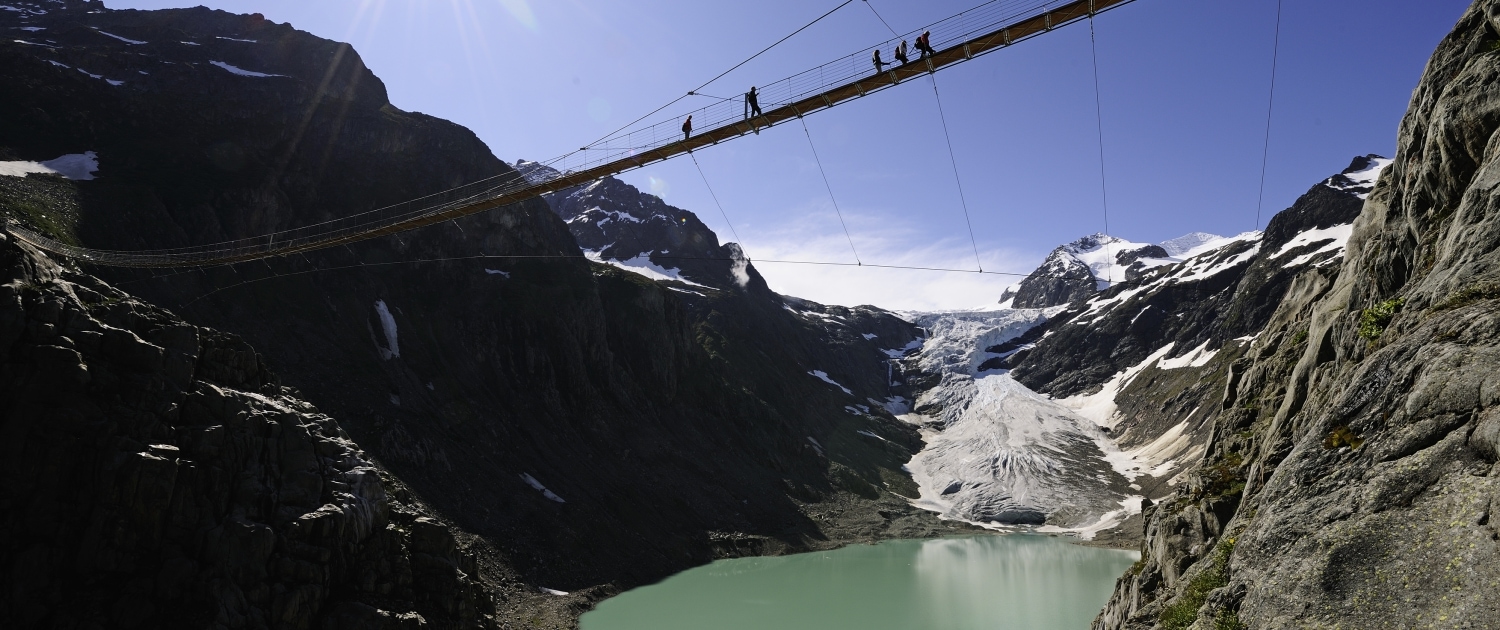 KWO/Robert Bösch
KWO/Robert Bösch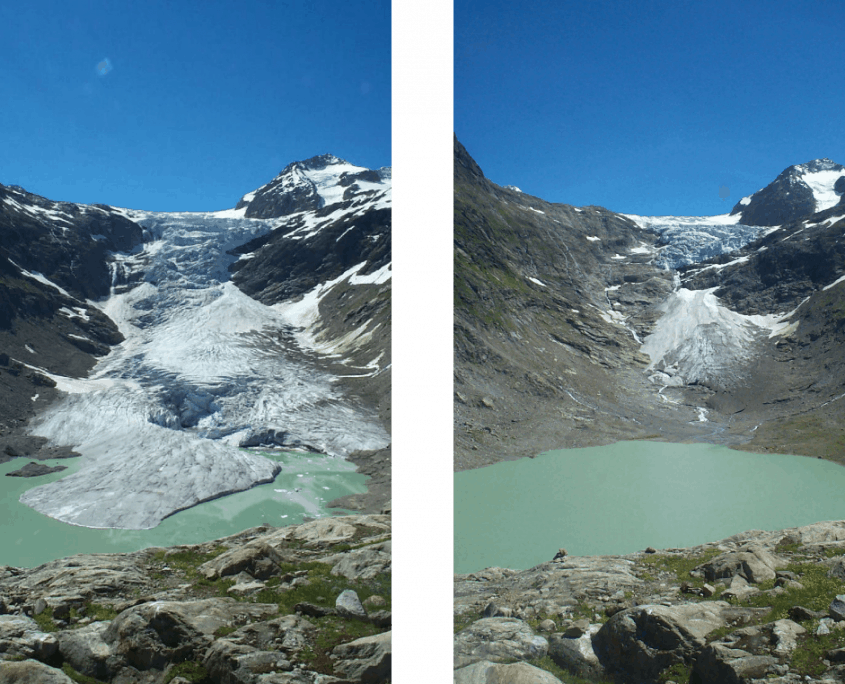
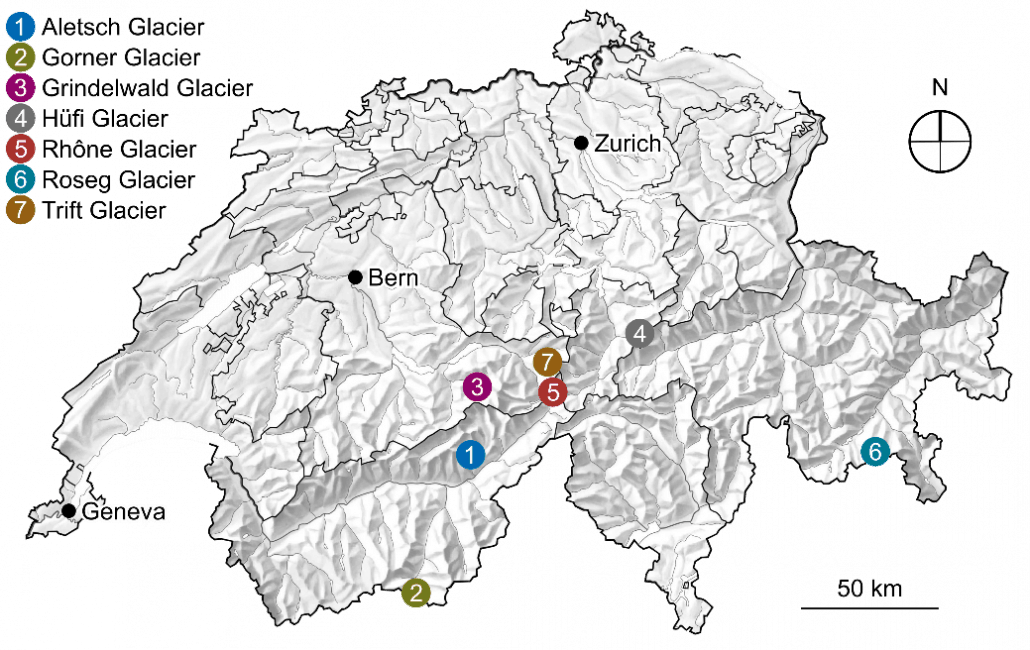
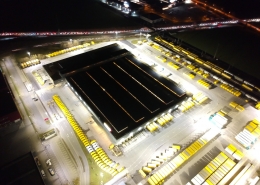 Poste SuisseLa Poste adopte une solution lumineuse et écologique
Poste SuisseLa Poste adopte une solution lumineuse et écologique 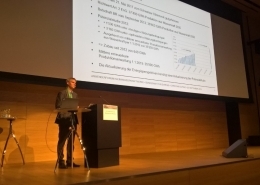 swiss small hydro22. Anwenderforum Kleinwasserkraftwerke: Die neuesten Erkenntnisse der Wasserkraftnutzung im deutschsprachigen Raum
swiss small hydro22. Anwenderforum Kleinwasserkraftwerke: Die neuesten Erkenntnisse der Wasserkraftnutzung im deutschsprachigen Raum  ShutterstockMoney talks
ShutterstockMoney talks  Schweizer Energieforscher international vernetzen
Schweizer Energieforscher international vernetzen 
 Gian Vaitl
Gian Vaitl BFE
BFE
Dein Kommentar
An Diskussion beteiligen?Hinterlassen Sie uns Ihren Kommentar!